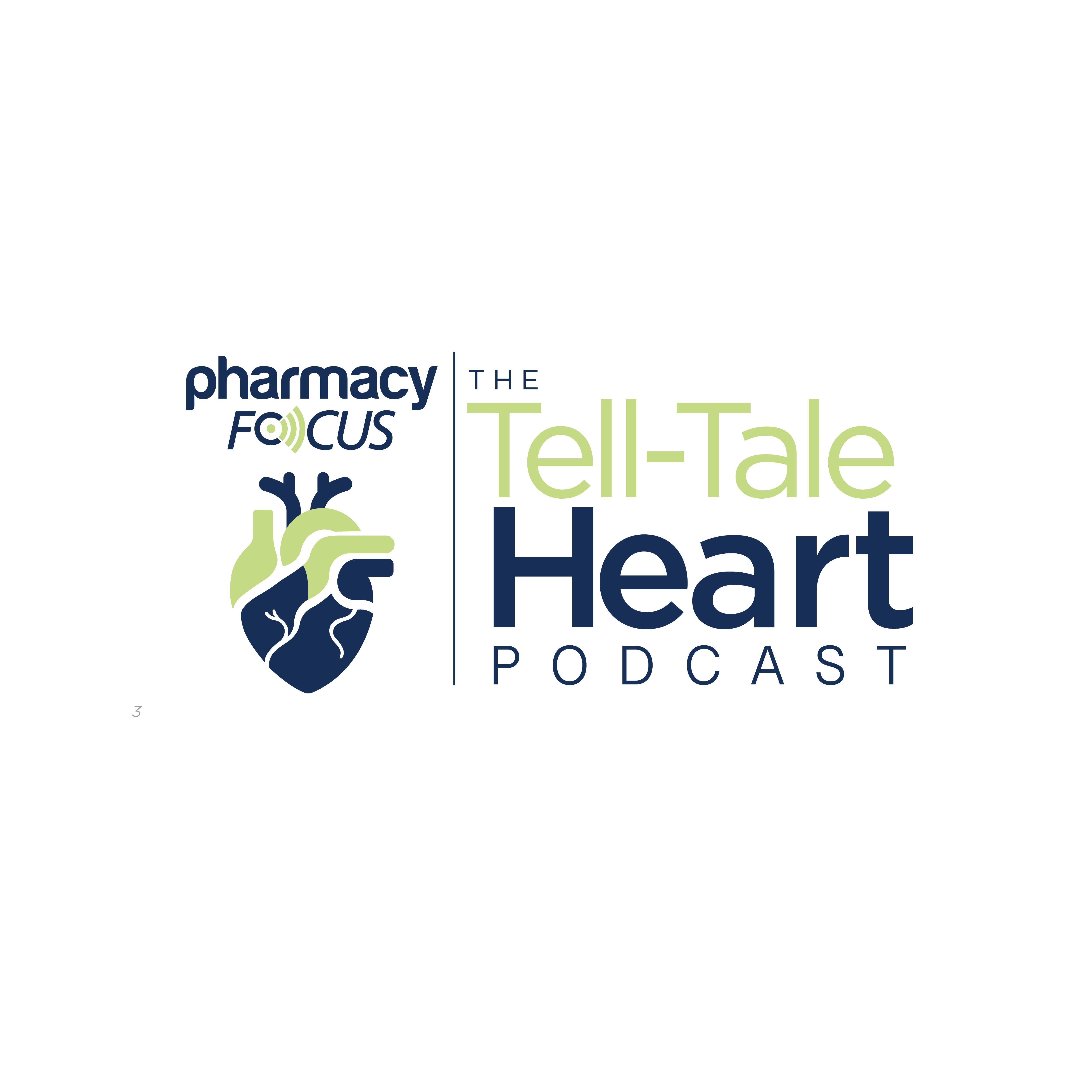
Article
Address Pharmacotherapy-Related Issues in the Geriatric Population
Author(s):
Pharmacists can help play an integral role in appropriate medication use for older people by optimizing medication therapeutic effects and reducing adverse effects.
The elderly population is growing at an exponential rate, with about 13% in the United States who are 65 years of age or older.1, 2
With this rapid growth, there are growing concerns about how to appropriately provide aid or care or aid to this population, especially as it pertains to medication management and prescribing practices. By 2030, the number of elderly people is expected to double, which has the medical community thinking about the best course of action to ensure that this population is provided with the appropriate care.
Despite their relatively small percentage of the population, elderly patients consume about 40% of OTC and 30% of prescription medications.3
The results of a national survey showed that about 50% of community-dwelling elderly individuals over age 65 years used 5 or more OTC and prescription medications per week, and 12% used 10 or more.3 It is becoming increasingly important for health care providers to be cognizant of the precautions and specific characteristics of this population to consider when initiating pharmacological therapy. There is a potential for increased collaboration among the various health care disciplines to assist with medication management for this population. With health care professionals working together, there is an increased likelihood of improved quality of care. For example, if an older adult is assigned to 1 provider, he or she may not see this individual on a routine basis, but if there are multiple providers focused on the same issue, the likelihood of patient continuity of care and follow up increases.
Adverse Effects
The elderly population is generally at risk for the development of adverse effects (AEs) related to herbals, OTC and prescription medications, and supplements. The presence of myriad age-related characteristics, chronic illnesses, or complex disease states can potentially heighten the effect of any of these agents when they are administered. For example, an older individual with a diagnosis of diabetes and hypertension can be placed on a number of medications that can produce a variety of adverse effects, so a benefit-risk analysis of these effects must be assessed prior to the initiation of therapies.
Some commonly identified issues include chronic disease progression and reduced organ function in the kidney or liver.4 Old age is commonly associated with altered pharmacodynamics and pharmacokinetics.5 Pharmacokinetics can be related to drug absorption, distribution, and elimination of a medication. Drug potency and duration of action can be increased in elderly individuals, because of their renal function.6 The Cockcroft-Gault formula can be used to estimate creatinine clearance in older individuals when medication adjustments are made or when prescribing new medications.7
The Cockcroft-Gault Formula for estimating creatinine clearance is as follows: Crcl (ml/ml) = ( 140-age)* Lean Body Weight (kg) / Serum Creatinine (mg/dl) x 72 x (0.85 if female). The Cockcroft-Gault Formula is not an absolute estimate for creatinine clearance for elderly woman. There is delayed renal elimination of medications or increased sensitivity to medication classes, such as anticholingerics, hypnotics, or sedatives in elderly patients. The more serious anticholingerics effects that can present in older adults require continuous monitoring for any serious or even potentially fatal outcomes.
Medications can be considered inappropriate if they pose more risks than associated benefits. For the sensitive elderly population, careful consideration must assess the risks versus benefits continuation or initiation of specific medications classes.
Some AEs may be irreversible, such as intracranial hemorrhage. Potential AEs that commonly occur include weakness and falls with fractures, leading to significant morbidity and mortality in older adults.8
Historically, medication management has largely been the responsibility of physicians, but with increasing numbers of elderly patients, other health care professionals are assisting. The advent of interprofessional medication reviews performed by nurses and pharmacists that can include disease or medication management can help prevent potential drug discrepancies and patient harm, especially for elderly individuals with polypharmacy and concurrent conditions.9 Polypharmacy can occur when an older adult is prescribed too many medications at the same time (4 to 9, depending on current literature) for the management of their conditions.10 Some of the resulting issues can include an anticholingeric burden, drug-drug interaction-related AEs, and potentially inappropriate medications.11 The participation of nurses, nurse practitioners, and pharmacists can assist with drug therapy management.
Precautionary Medication Measures
Clinicians realize that special precautions must be taken when prescribing medications in this sensitive population. However, clinicians with limited training in geriatrics can be unfamiliar with certain medication classes. Clinicians should consult with health care providers who are extensively trained and knowledgeable in geriatric pharmacotherapy. Along with age-specific criteria and guidance from clinical practice guidelines, referrals to geriatric pharmacists can evaluate the risk of AEs occurring from inappropriate medications. The use of Beers criteria can assist with medication selection offering the lowest risk of AEs in the elderly population. The Beers criteria, originally published in 1991 and updated in 2019 is recognized as a consensus-based, premier list of medications considered to be potentially inappropriate in the elderly population.12 The criteria focus on care considered to be inappropriate for use among the elderly, including a lack of proven efficacy, specific classes or medications not to be used routinely in elderly patients with specific disease states, and specific medications known to pose a serious risk of AEs. Additionally, Beers provides criteria for high doses of certain medications, excessive dosing frequencies, and extended duration of medications originally intended for a limited time. The Beers criteria can serve as an effective strategy for reducing medication-related AEs in the elderly population.
Prescribers must be mindful of and consider if an older adult presents with new signs or symptoms, that could be caused by their drug therapy. Additionally, if a medication is added to treat the AEs of previously prescribed medications, an evaluation must be made to determine if the original medication is ideal. Clinical practice guidelines from the Department of Health and Aging are based on clinical evidence and expert consensus with clinicians using them in the decision-making process.13 Unfortunately, elderly patients are under-represented in clinical trials, leading to a deficiency of data to guide practice and creating many challenges for prescribers. For some clinicians, once a medication is initiated, it can be difficult to discontinue, because of considerations, such as the goals of treatment or AEs related to medication withdrawal.14 Ultimately, final selection and initiation should be based on age, consensus of the multidisciplinary team, functional status, limitations/impairments, the potential development of AEs, and tolerability.
Conclusion
Pharmacists working alongside other health care providers play an integral role in appropriate medication use in the elderly population by optimizing medication therapeutic effects and reducing AEs. The presence of polypharmacy and inappropriate medication prescribing are key elements to addressing this issue with older adults. The presence of multidisciplinary geriatric assessment of medication profiles can help to minimize or prevent inappropriate drug use and potential AEs.15 Future clinical trials should increase the number of elderly participants to evaluate appropriate dosage, effectiveness, and safety in this population.
Abimbola Farinde, PharmD, is a pharmacist at Cornerstone Hospital in Webster, Texas.
REFERENCES
- National Research Council (US) Panel on a Research Agenda and New Data for an Aging World. Preparing for an aging world: the case for cross-national research. doi: 10.17226/10120
- Olsen CG, Tindall WN, Clasen ME. Geriatric Pharmacotherapy: A Guide for the Helping Professional. Washington, DC: American Pharmacists Association; 2006.
- Charlesworth CJ, Smit E, Lee DSH, Alramadhan F, Odden MC. Polypharmacy among adults aged 65 years and older in the United States: 1988-2010. J Gerontol A Biol Sci Med Sci. 2015;70(8):989-995. doi:10.1093/gerona/glv013
- Wick, J. Organ dysfunction: treating patients with CKD and liver. Pharmacy Times. July 10, 2012. Accessed November 10, 2020. https://www.pharmacytimes.com/publications/issue/2012/july2012/organ-dysfunction-treating-patients-with-ckd-and-liver-disease
- Mangoni AA, Jackson SHD. Age-related changes in pharmacokinetics and pharmacodynamics: basic principles and practical applications. Br J Clin Pharmacol. 2004;57(1):6-14. doi:10.1046/j.1365-2125.2003.02007.x
- Jones GR. Estimating renal function for drug dosing decisions. Clin Biochem Rev. 2011;32(2):81-88.
- Botev R, Mallié JP, Couchoud C, et al. Estimating glomerular filtration rate: Cockcroft-Gault and modification of diet in renal disease formulas compared to renal inulin clearance. Clin J Am Soc Nephrol. 2009;4(5):899-906. doi:10.2215/CJN.05371008
- Falls in older persons: risk factors and prevention. The Second Fifty Years: Promoting Health and Preventing Disability. Institute of Medicine (US) Division of Health Promotion and Disease Prevention; Berg RL, Cassells JS, eds. Washington, DC: National Academies Press (US); 1992.
- Bell HT, Granas AG, Enmaker, I, Omli R, Steinsbekk A. Nurses’ and pharmacists’ learning experiences from participating in interprofessional medication reviews for elderly in primary health care - a qualitative study. BMC Fam Pract. 2017;18(1):30. doi:10.1186/s12875-017-0598-0
- Masnoon N, Shakib S, Kalisch-Ellett L, Caughey GE. What is polypharmacy? A systematic review of definitions. BMC Geriatr. 2017;17(1):230. doi:10.1186/s12877-017-0621-2
- Greene M, Steinman MA, McNicholl IR, Valcour V. Polypharmacy, drug-drug interactions, and potentially inappropriate medications in older adults with human immunodeficiency virus infection. J Am Geriatr Soc. 2014;62(3):447-453. doi:10.1111/jgs.12695
- Greenberg SA. The 2019 American Geriatrics Society Updated Beers Criteria® for potentially inappropriate medication use in older adults. Hartford Institute for Geriatric Nursing. https://consultgeri.org/try-this/general-assessment/issue-16
- Singh S, Bajorek B. Defining 'elderly' in clinical practice guidelines for pharmacotherapy. Pharm Pract (Granada). 2014;12(4):489. doi:10.4321/s1886-36552014000400007
- Shenoy P, Harugeri A. Elderly patients' participation in clinical trials. Perspect Clin Res. 2015;6(4):184-189. doi:10.4103/2229-3485.167099
- Nobili A, Garattini S, Mannucci PM. Multiple diseases and polypharmacy in the elderly: challenges for the internist of the third millennium. J Comorb. 2011;1:28-44. doi:10.15256/joc.2011.1.4
2 Commerce Drive
Cranbury, NJ 08512
All rights reserved.





